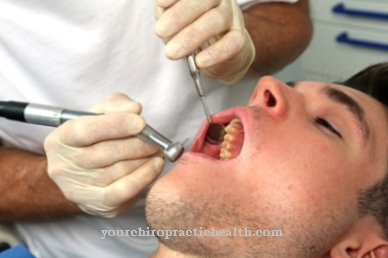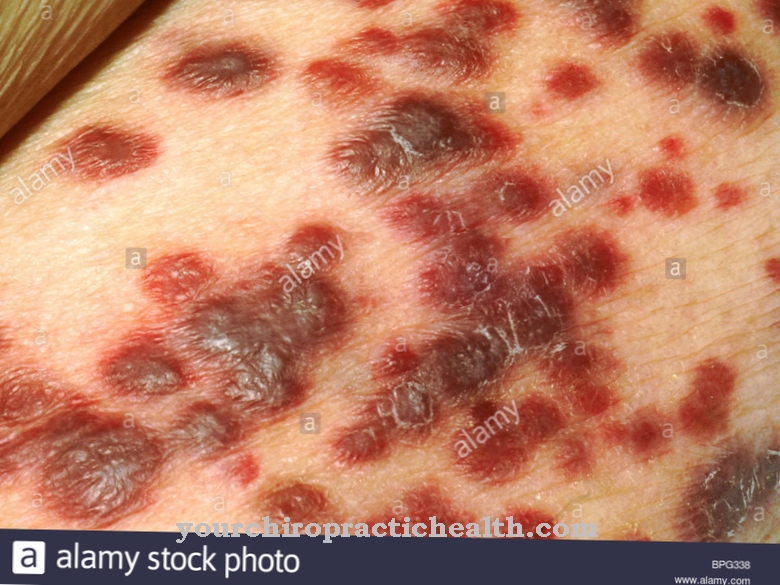The EHEC infectionwhich the media also call EHEC disease is a bacterial gastrointestinal disease (not a virus!), which appears symptomatically similar to a common gastrointestinal flu or vomiting diarrhea. In contrast to gastrointestinal flu, however, it is extremely dangerous and should be examined and treated by a doctor as soon as possible. Because of its high risk of infection, it is notifiable in Germany.
What is an EHEC infection?

EHEC is an abbreviation for a pathogenic bacterial species, which is derived from the Escherichia coli necessary for human digestion and is called Enterohemorrhagic Escherichia coli is known.
The disease or infection that is triggered by the ingestion of the bacterial strain is a complex of diseases that primarily affect the human intestine. In the further untreated course, a so-called hemorrhagic-uremic syndrome can occur, especially in very weak people, which is a life-threatening disease and in most cases causes permanent consequential damage.
EHEC intestinal infection is hemorrgic diarrhea, which is associated with the occurrence of symptoms of diarrhea mixed with blood. As a colon disease, infection with EHCE represents bacterial enteritis, a disease caused by bacteria.
causes
The causes of an infection with EHEC, which until recently was known as a travel illness, consist in poor hygiene, an often already weakened immune system, mainly in children and the elderly, in contaminated food and in contact with sick farm animals.
In addition to sheep, goats and chickens, these include all farm animals that can be considered as carriers of disease due to contamination with faeces and corresponding excretions. The pathogens can be contained in foods that are not sufficiently cooked and smoked through or that are consumed raw.
In this context, raw and insufficiently heated milk comes first. Skin contact with sick animals also transmits the EHEC bacteria. Plants wetted with the dung of sick animals as food and infected water can also be used as transmitters.
Symptoms, ailments & signs
This infection is a very dangerous infection that must always be examined and treated by a doctor. If left untreated, EHEC infection can lead to death or significantly reduce the life expectancy of the patient. As a rule, the symptoms of EHEC infection are very similar to the symptoms of common gastrointestinal flu.
Those affected suffer from bloody stools and very severe diarrhea. The diarrhea often cannot be stopped with medication. It can also lead to vomiting and permanent nausea. Most patients also have a fever, the EHEC infection is often confused with the gastric flu, so that early treatment is not needed.
The infection can also lead to severe pain and cramps in the abdomen and generally has a very negative effect on the quality of life and everyday life of the person concerned. Furthermore, the EHEC infection can spread further and infect the internal organs, which primarily leads to inflammation of the pancreas. In the worst case, the affected person dies from organ failure. The life expectancy of those affected is usually only limited by the EHEC infection if it is not treated.
course
The course of the EHEC infection is characterized by the fact that the first symptoms initially resemble an intestinal inflammation or gastrointestinal flu. After about 1 to 8 days of infection and incubation, those affected complain of malaise and nausea, nausea and persistent vomiting as well as watery diarrhea.
In addition, fever and abdominal cramps occur due to colon inflammation. The diarrhea contains more or less large amounts of blood due to the destruction of the red blood cells (haemolysis) and the impaired ability of the blood to clot. If immediate and effective therapy is not available, five to ten percent of patients are affected by haemolytic uremic syndrome.
This means that the function of the kidneys is restricted. This in turn leads to a reduced excretion of toxic metabolic end products and, under certain circumstances, damage to the brain. Infection with EHEC also affects the pancreas, so that the patients suffer from acute pancreatitis.
Complications
Normally, an infection with EHEC heals without further consequences if treated correctly. In a few cases, however, sometimes life-threatening complications can arise. Children are particularly affected. One possible complication is the bleeding inflammation of the bowel.
The typical vomiting diarrhea that occurs in EHEC infected people can lead to extreme fluid losses. This can be particularly dangerous for infants and young children. The so-called hemolytic uremic syndrome, or HUS for short, is particularly dangerous.This complication occurs in about five to ten percent of people infected with EHEC.
About half of children who develop this syndrome have permanent kidney damage. The result is short-term, in rare cases even lifelong, dialysis treatment. About forty percent of those with HUS syndrome develop chronic kidney failure and / or high blood pressure within ten to fifteen years of the onset of the disease.
This may lead to other serious consequences. Hemolytic uremic syndrome is fatal in around four percent of affected patients. Another problem is that infected people, especially children, still shed the EHEC pathogen several weeks to months after the disease. This in turn can lead to the infection of third parties.
When should you go to the doctor?
If the typical symptoms - including nausea, abdominal pain, vomiting, and watery, bloody diarrhea - are noticed, an EHEC infection may be present. A doctor must clarify whether it is actually the infectious bowel disease and, if necessary, take further measures. If the disease remains untreated, further complications such as anemia or even kidney failure will set in. Immediate medical treatment is then required at the latest. In acute emergencies or severe symptoms, the hospital should be visited or the emergency doctor should be called.
This is especially true if the symptoms are due to a possible infection. People who experience the symptoms mentioned after consuming raw or unwashed food should consult their doctor immediately. Anyone who feels uncomfortable after swimming in contaminated waters or even shows pronounced symptoms of an EHEC infection should have this clarified immediately. Medical clarification is necessary solely because of the acute risk of infection. With early self-diagnosis, the EHEC infection can be treated by a general practitioner. Other contact persons are the gastroenterologist or a specialist in internal medicine.
Doctors & therapists in your area
Treatment & Therapy
The therapy of the EHEC infection requires immediate intervention and extensive diagnostics. In addition, high-dose antibiotics such as trimetoprim-sulfamethoxazole and other Belgian drugs are in the foreground, but this is controversial because of the side effects occurring in the acute phase of the disease. Patients are treated with diuresis and dialysis to prevent their kidney function from getting worse.
In addition, therapeutic measures to prevent shock due to the destruction of the erythrocytes and reduced blood flow, as well as the supply of fluids and vital electrolytes as well as various minerals, are of great importance. This is important in order to replenish the loss of fluid caused by the persistent intense diarrhea and thus to stabilize the circulation.
Basically, with the current medical options, a causal treatment is not feasible. Only the symptoms of the disease can be treated and preventive measures can be used. An infection with EHEC is notifiable and requires in-patient monitoring and treatment in any case.
Outlook & forecast
Although an EHEC infection is often very severe, the chances of recovery are very good. The disease usually heals without any consequences. Some EHEC infections even have no symptoms. After the symptoms have subsided, many patients still shed the EHEC pathogen for several weeks.
However, complications can also arise that lead to long-term health problems. The most important complications include haemolytic uremic syndrome (HUS) and bleeding intestinal inflammation. In addition, the body suffers a loss of fluids and electrolytes due to the severe diarrhea. The loss of fluid can lead to dehydration (desiccosis) of the organism. As a result of these complications, there are isolated cases of fatal EHEC infections. This is the case for around one to two percent of those affected.
As part of the hemolytic uremic syndrome, chronic kidney damage often occurs, which can even lead to fatal kidney failure in two to three percent of cases. However, a large number of affected patients are temporarily or even lifelong dependent on dialysis. In particularly severe cases, however, a kidney transplant is necessary.
Children in particular develop up to 50 percent severe kidney damage after an HUS caused by the EHEC infection. You are then permanently dependent on dialysis. After a further ten to fifteen years, 40 percent of patients with HUS develop high blood pressure.
prevention
Doctors are currently researching a successful treatment therapy against the EHEC infection. Until appropriate medication and treatment options appear, the following preventive measures should be observed by everyone. For one thing, every fresh vegetable should be washed well with water and cleaned thoroughly.
In addition, it is advisable to behave hygienically when handling food. This includes regular hand washing and cleanliness in the kitchen. Pots, cutting boards and other kitchen utensils should also be kept very clean. Furthermore, the vegetables or fruits should be boiled so that the germs are killed by the heat. The same applies to meat and dairy dishes.
Aftercare
Many people probably still remember the massive wave of EHEC infections in 2011. Many German patients were dramatically ill at the time. Treatment turned out to be just as difficult as follow-up, as the source of the infection was not identified. All assumptions could never be conclusively proven.
Blood tests and kidney function tests are common standards. But doctors still have to improvise today. A significant number of those affected still suffer from the consequences of the Ehec infection. Many of those affected had to go to the clinic for follow-up examinations several times. They were given eculizumab without any knowledge of whether it actually worked.
Some people with EHEC infection developed hemolytic uremic syndrome. As a result, kidneys and brain damage could occur. Other patients suffer from EHEC infections with a different type of pathogen. They remain patients with kidney problems and high blood pressure. Follow-up care for both disorders requires lifelong monitoring and medication. If necessary, dialysis may become necessary after an EHEC infection.
It is also precarious that the EGEC virus can sometimes be detected again, even if the blood had already shown no pathogen several times in a row. This makes aftercare more difficult. Some sufferers had to follow up for six months after an EHEC infection, others sometimes longer. The aftercare measures are based on the remaining damage and the respective symptoms.
You can do that yourself
Dealing with EHEC is difficult when severe complications have occurred. The possibility of self-help depends on the severity of the illness and therefore varies from case to case.
In the case of mild diarrhea, those affected can compensate for the loss of fluid and salt by drinking sufficient fluids. If the stool is bloody or purulent, there is no possibility of self-help, a visit to the doctor is recommended. If a hemolytic uremic syndrome has set in, only intensive care medicine can help. As far as possible, self-help can only be used to combat the symptoms, but not to combat the pathogen.
Teas made from certain dried fruits contain tannins which counteract the inflammation in the intestinal mucosa. Over-the-counter charcoal tablets are also helpful, but only if the patient does not need to take any medication whose effects must not be reduced. If the appetite returns, a light diet is helpful. The sick person should take the food in small bites or sips and take it calmly. And allow yourself some rest. In any case, the emotional support and assistance of family members is calming and can speed up the healing process.

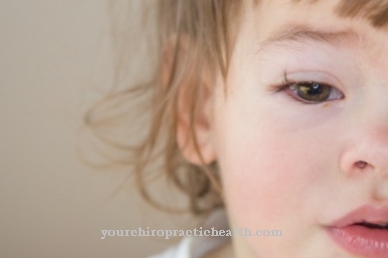
.jpg)

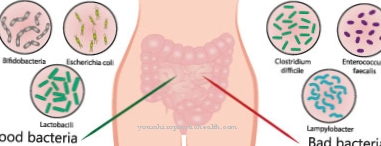
.jpg)
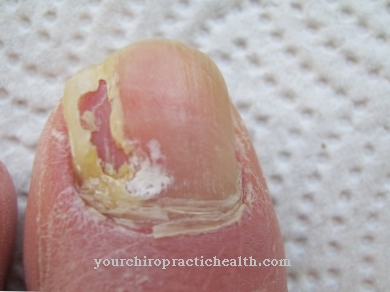

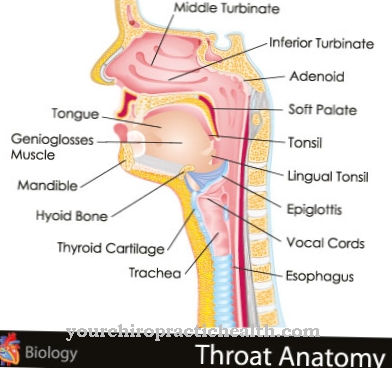

.jpg)

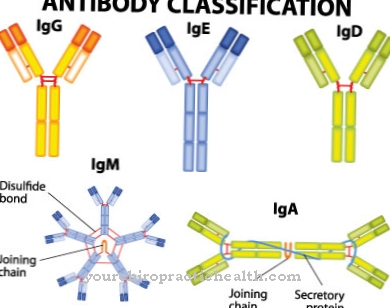
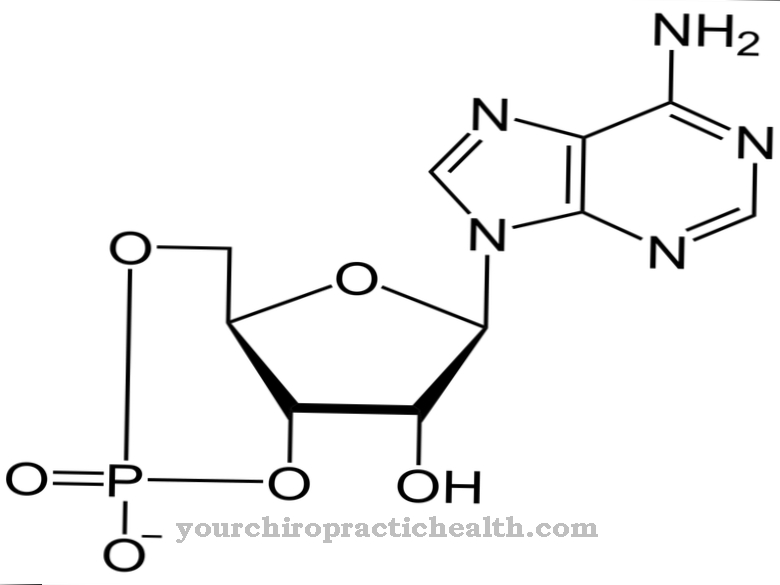


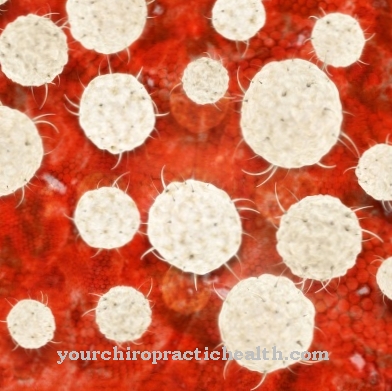
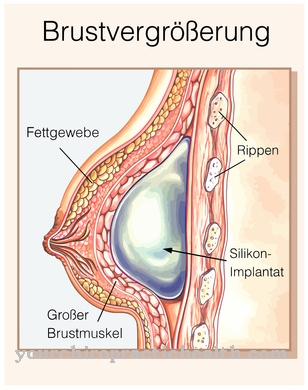


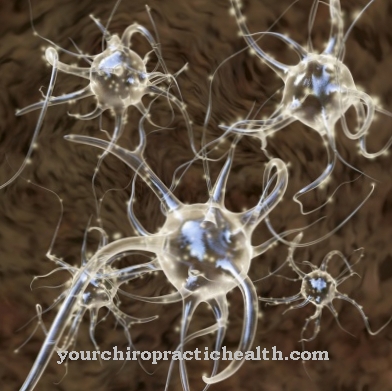
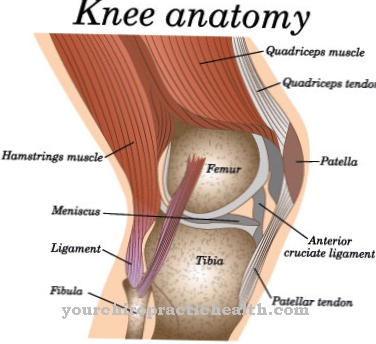


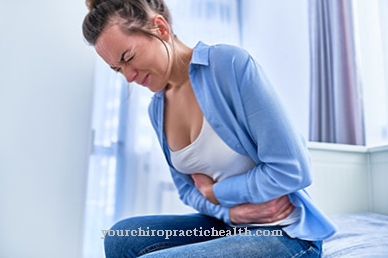
.jpg)
